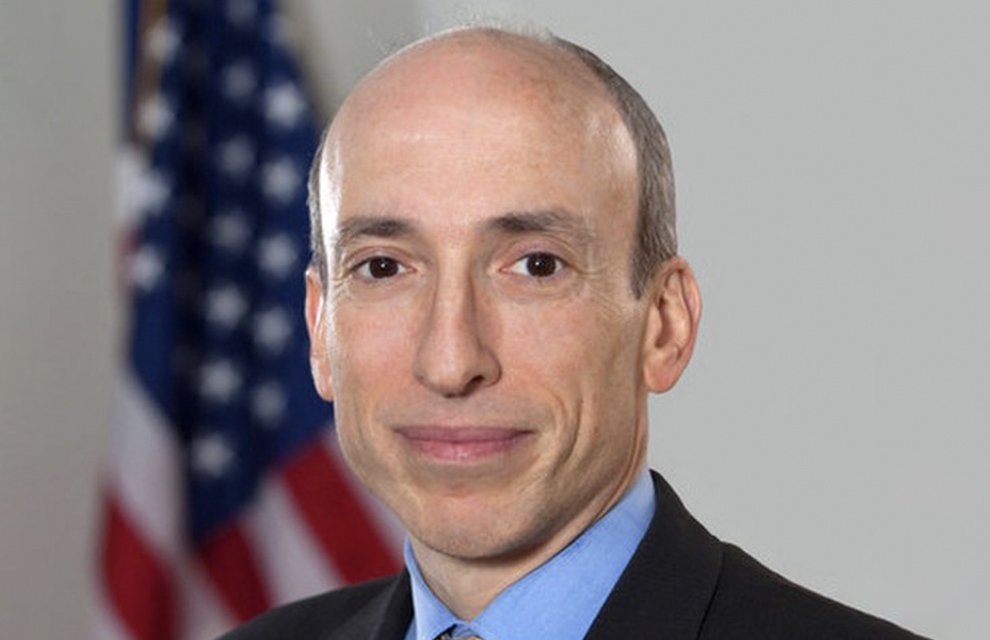Time equals risk in financial markets and recent events have triggered questions around whether risk can be lowered through shortening the T+2 settlement cycle, says US Securities and Exchange Commission (SEC) chair Gary Gensler.
The technology is now available to shorten settlement not only to T+1, but to same-day settlement — “to T+0 or T+evening”, he said, while speaking at a global exchange and fintech conference.
Gensler has also asked his staff to review whether there are other gaps in central clearing markets that the SEC should address — for example, in netting efficiency, in moving money or collateral handling.
More widely, he has asked Commission staff to make recommendations on best execution, payment for order flow, Regulation NMS, national best bid and offer (NBBO) and minimum pricing increments, to explore areas where markets can operate more efficiently and with greater transparency.
Payment for order flow raises important questions around whether broker-dealers have inherent conflicts of interest and whether these firms are encouraging customers to trade more frequently than is in their best interests.
Some of these issues were highlighted in the SEC’s enforcement action against Robinhood last December. “Certain principal trading firms seeking to attract Robinhood’s order flow indicated that there was a tradeoff between payment for order flow and price improvement for customers,” says Gensler.
“Robinhood explicitly offered to accept less price improvement for its customers in exchange for receiving higher payment for order flow for itself. As a result, many Robinhood customers shouldered the costs of inferior executions; these costs may have exceeded any savings they might have received through zero commission trading.”
The SEC is also looking closely at requirements for best execution in the context of NBBO.
It observes public lit markets such as Nasdaq and the New York Stock Exchange, accounted for about 53 per cent of trading volume in January 2021. A further 9 per cent was traded on dark pools, with the remainder (38 per cent) executed by off-exchange wholesalers.
This OTC wholesaler segment is heavily concentrated, with just seven wholesalers accounting for a major share of these transactions. One firm told the SEC it executes close to 50 per cent of all retail trade volume.
Moreover, Gensler believes these wholesalers have significant pricing advantages compared with exchange market makers. “Exchange market makers must compete with each other on an order-by-order basis to offer the best price, whereas wholesalers can price their segmented order flow by referencing the NBBO, which is a much less competitive benchmark”.
The NBBO is designed to aggregate information across different trading exchanges. However, Gensler believes there are clear signs that the NBBO is “not a complete enough representation of the market”.
As noted, nearly half of equities trading volume (based on January data) is conducted in dark pools or internalised by wholesalers, which are not captured in the NBBO. Also, the NBBO does include some exchange prices such as odd lots and non-displayed orders. These factors may affect the bid-ask spread.
While SEC rules dictate that the NBBO must be priced in penny increments, OTC wholesale traders have flexibility to price in sub-penny increments. “As a result, wholesalers may operate on an unlevel playing field when competing for order flow,” concludes Gensler.



.jpg)